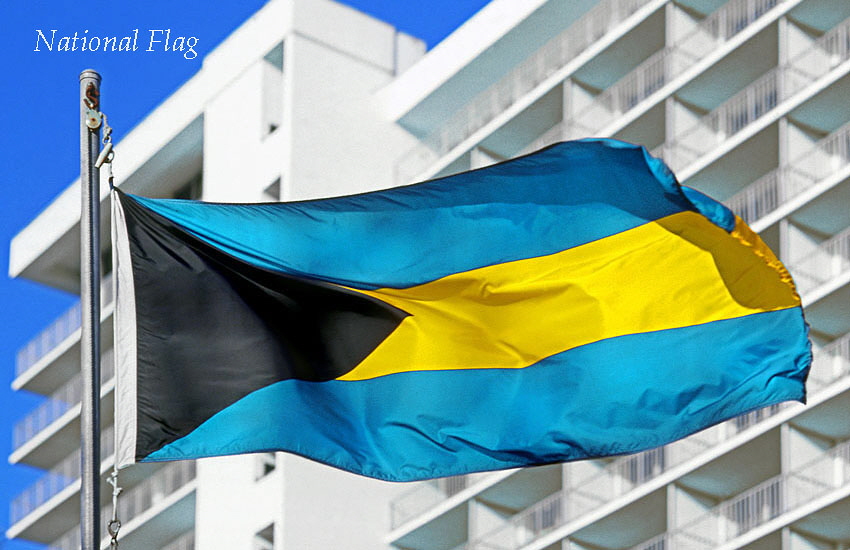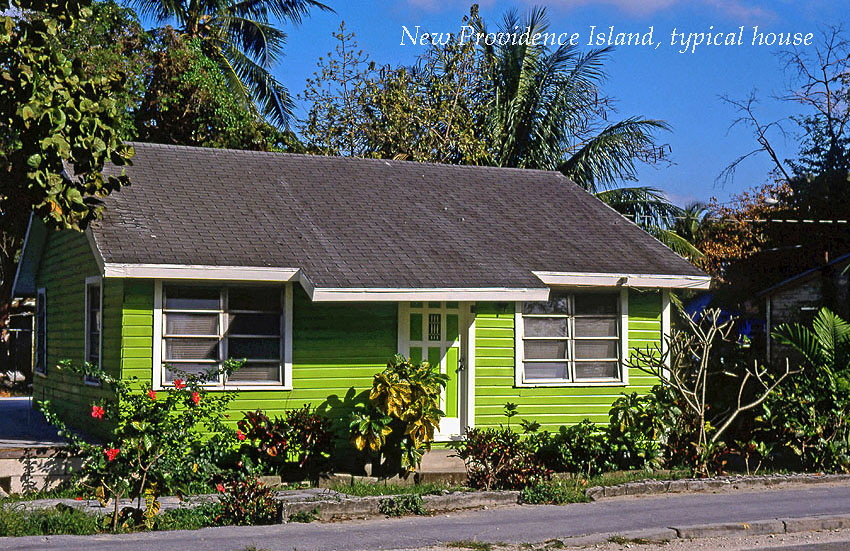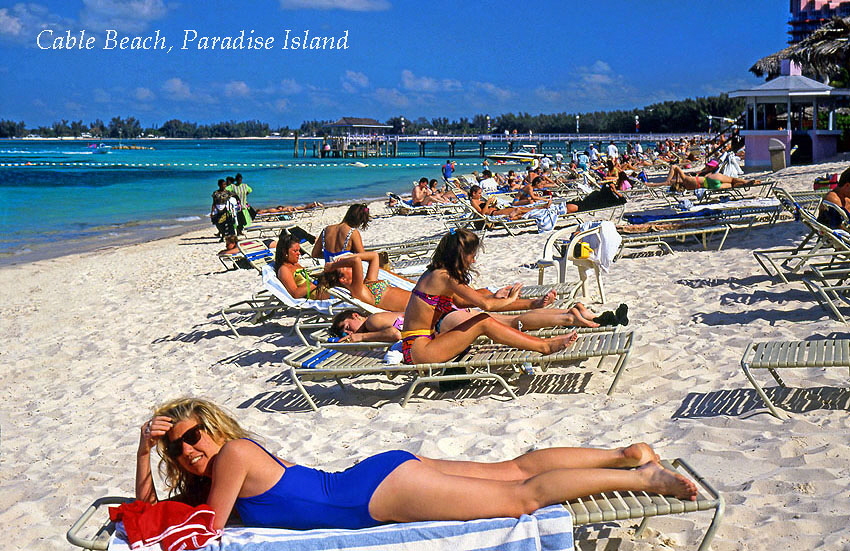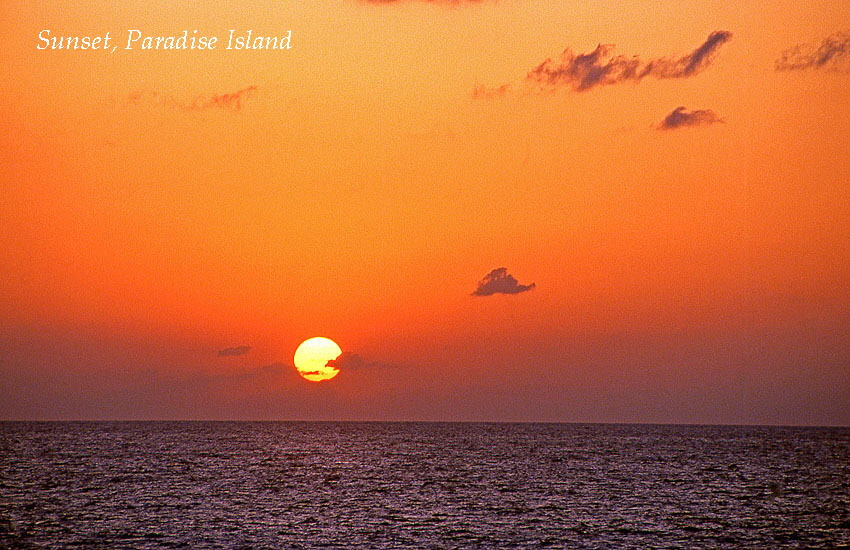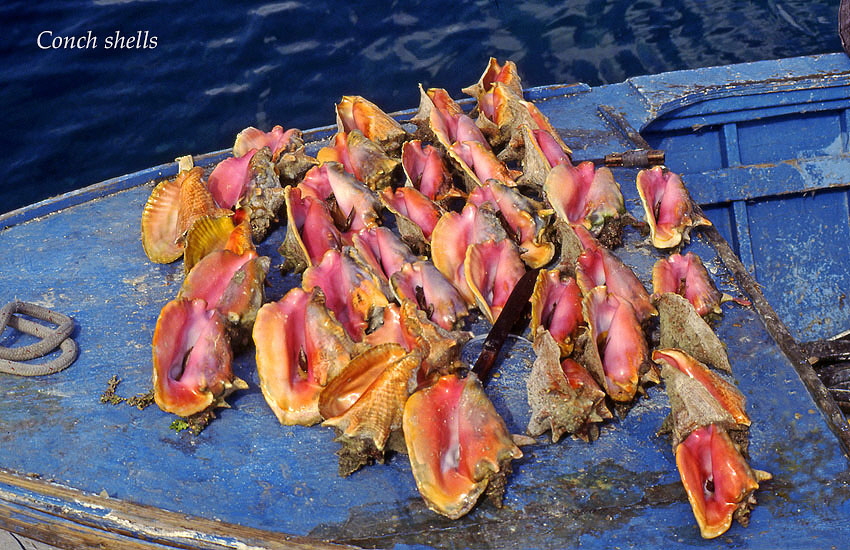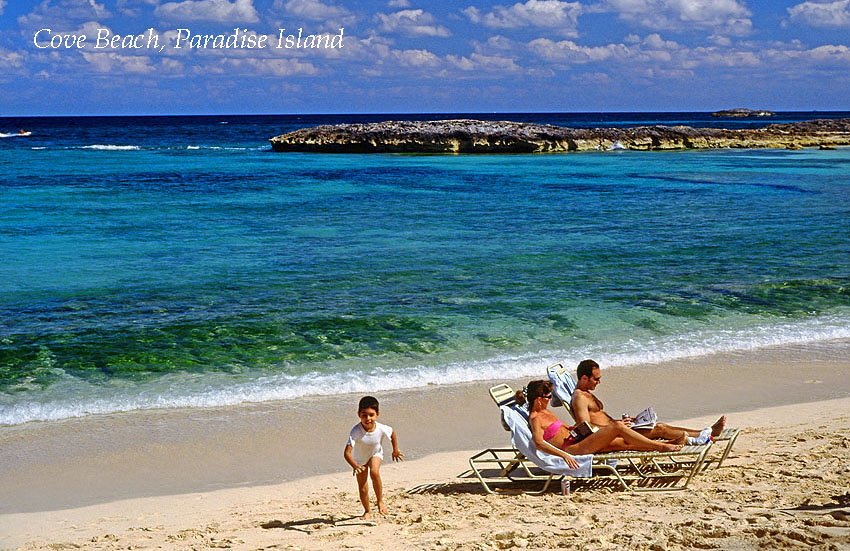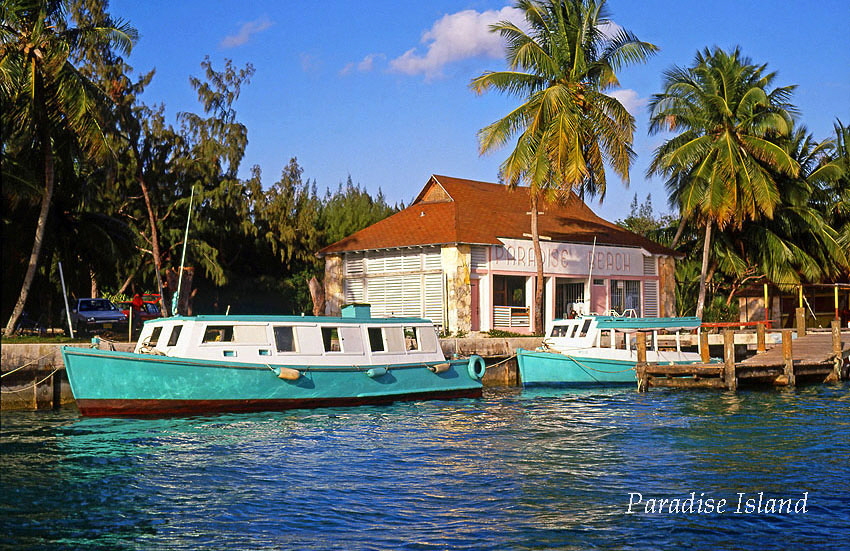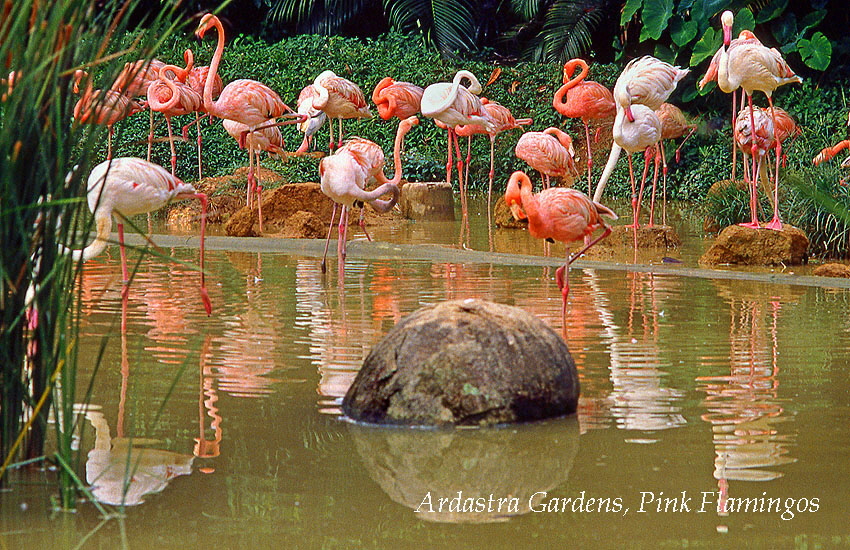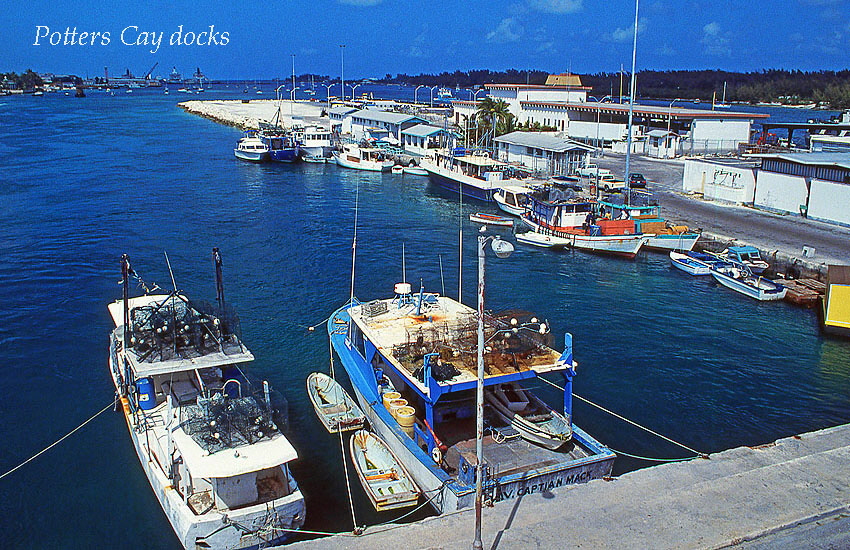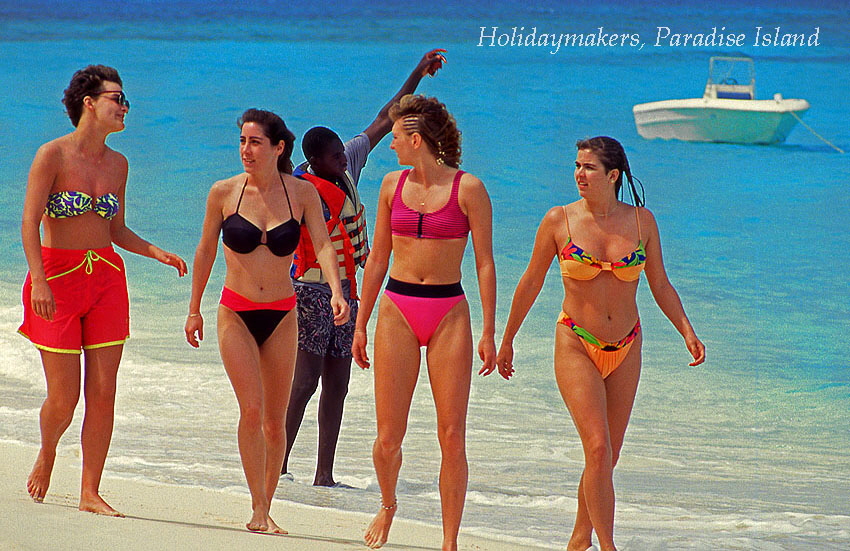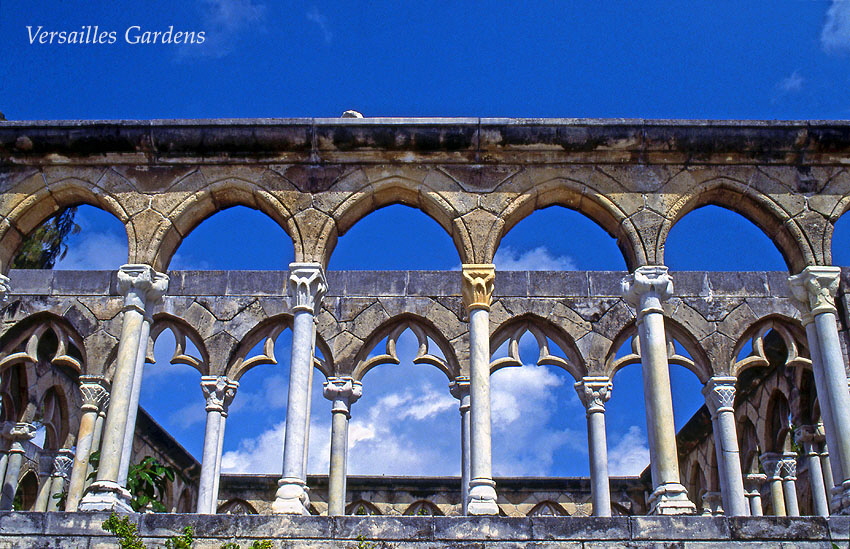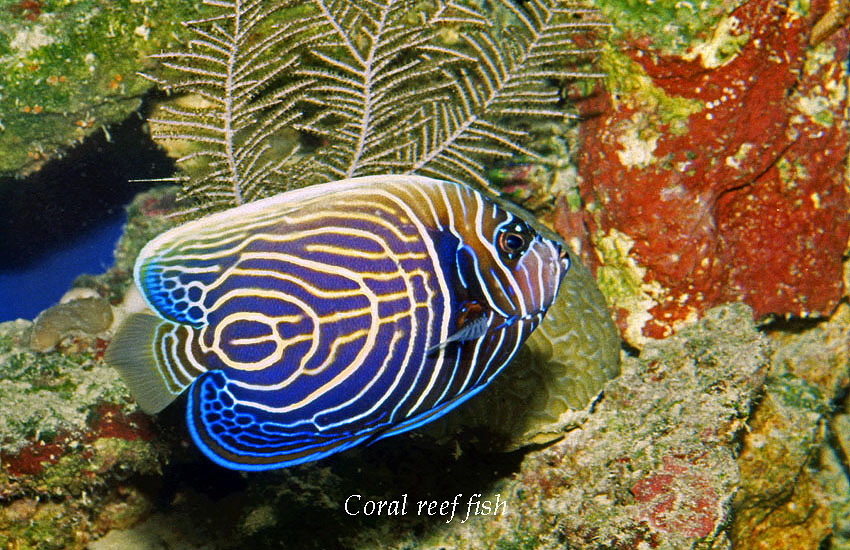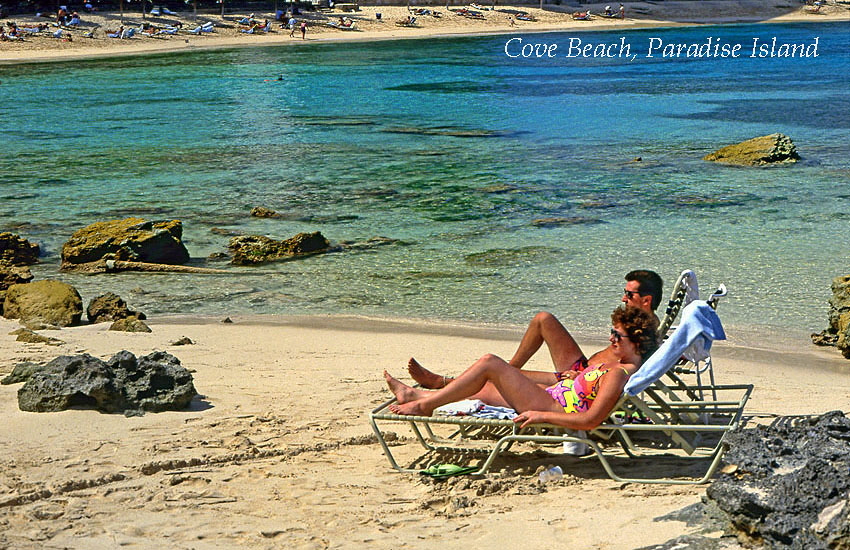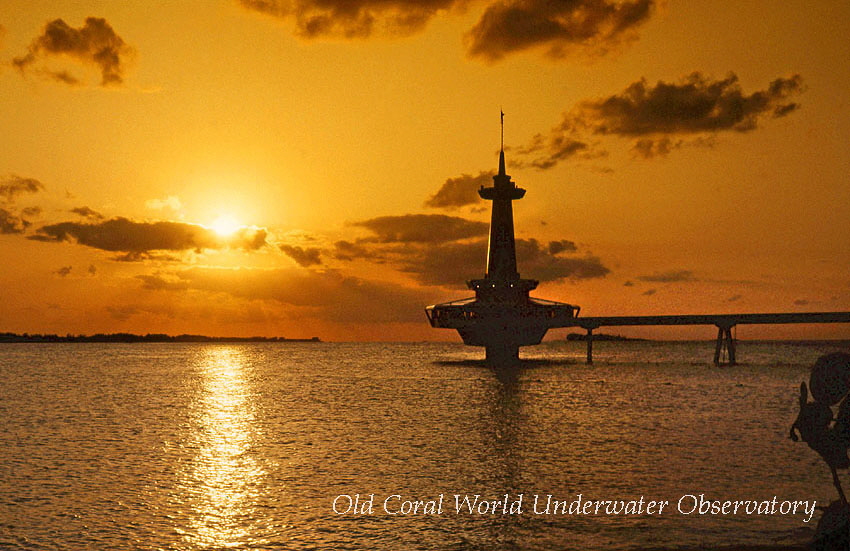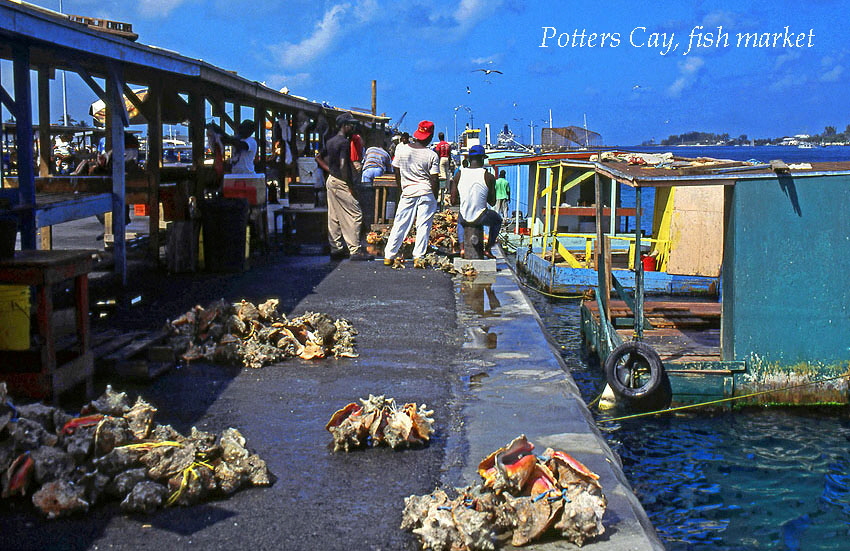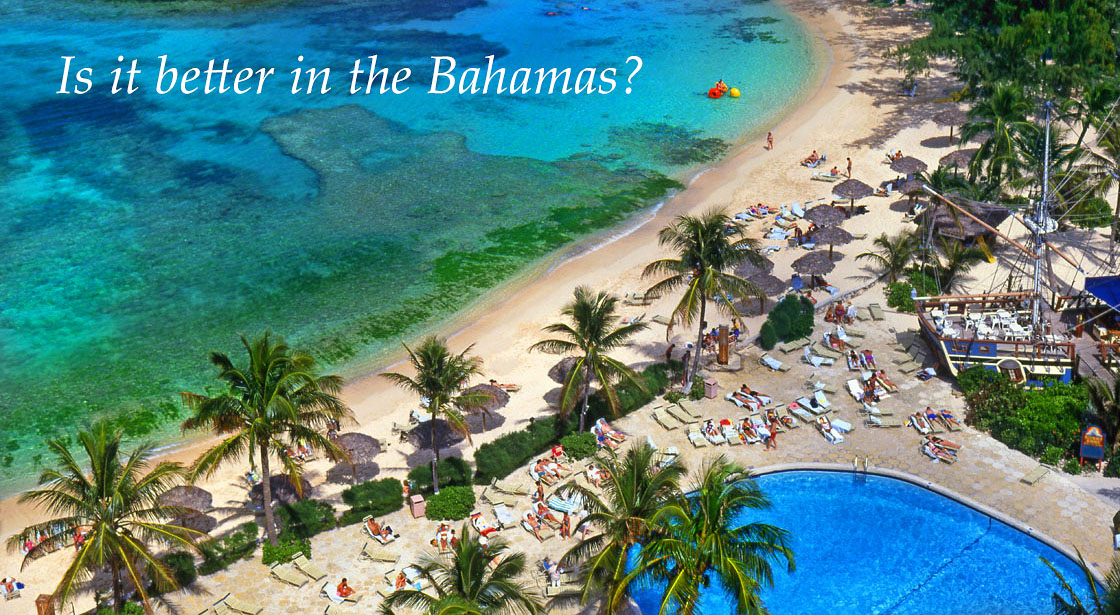
The taxi driver grinned a ‘welcome to Bahamas’ as he picked me outside the terminal building at Nassau International Airport. A reggae song blared from the radio and drifted out through the open car windows as I sat back to take in my new surroundings. Riding through the capital, the streets seemed strangely quiet. As if reading my thoughts the driver informed me:
“It’s Sunday - everyone’s in church”.
Along with speaking and driving on the left, Christianity is the throwback to the British period. Other aspects of island culture, like Reggae music and the Creole dialect adopted by many locals, have emerged as a result of migration from other parts of the Caribbean. But by far he biggest influence is an accident of geography. With Miami less than a hour away by air, American business and American bucks understandably carry a lot of weight.
Government House
Paradise Island, Cove Beach
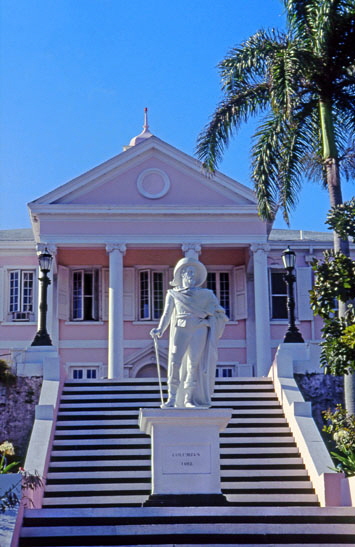
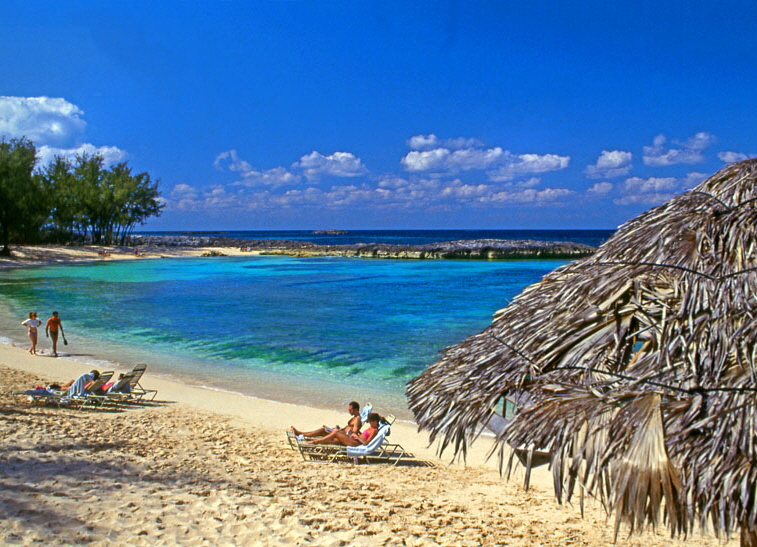
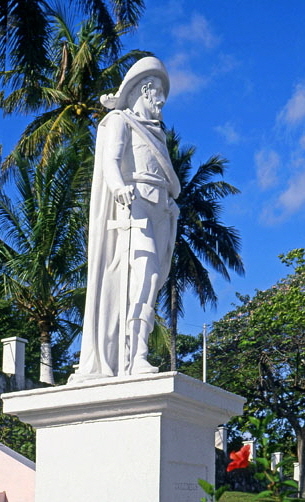
Columbus statue
That said, there can be no getting away from the island’s history. The Bahamas only gained independence from Britain in 1973, and on the main island of New Providence, Queen Victoria’s statue and grand colonial-style buildings are still much in evidence. The grandest of them all, the Government House, sits on a vantage point above Nassau town, its pale pink facade trimmed with white, giving it the good-enough-to-eat look of a freshly iced wedding cake.
There is a broad agreement that Christopher Columbus, whose larger-than-life statue stands outside the Government House, ‘discovered’ the Bahamas in 1492. However opinion is divided as to exactly where he first set foot - a dubious honour to which no fewer than nine different islands stake their claim. The original inhabitants of the islands, Lucayan Indians, cared not where he landed but that he came at all. Within five decades of his arrival, they were all gone - wiped out by the rigours of Spanish enslavement, and the islands’ history was irrevocably changed.
Today’s Bahamians are a unique blend, descended over the centuries from a mix of colonial masters, slaves, seafarers and migrants from Europe, North America and the Caribbean. Monday morning finds many of them in downtown Nassau. Bay Street is the main centre of activity where most businesses, shops and tourist outlets are located.
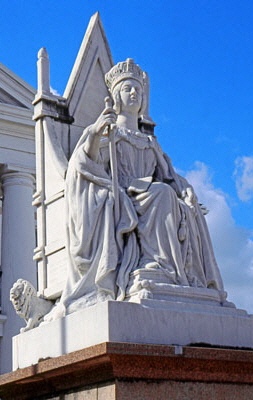
Queen Victoria statue
Straw Market, souvenirs
Nassau, traffic police
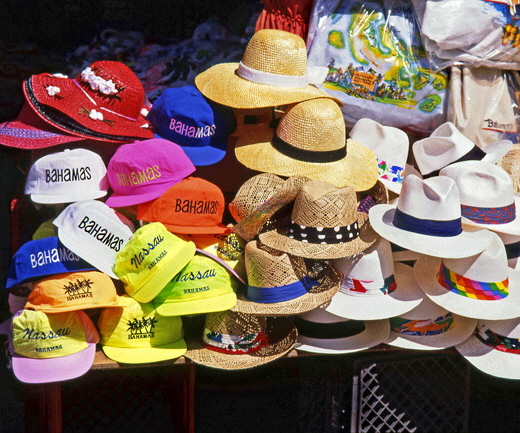
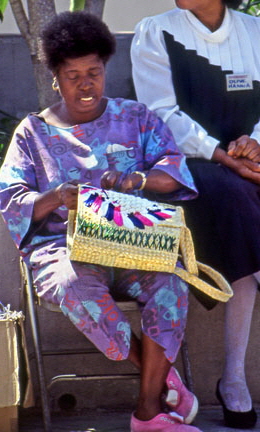
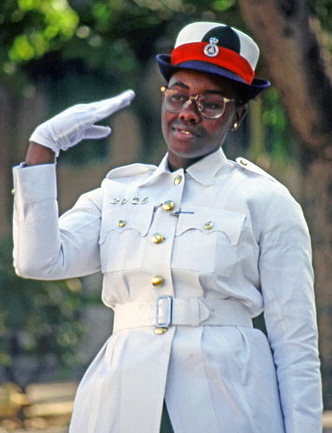
It takes a while to work your way through the fast food outlets and souvenir shops selling T-shirts and caps emblazoned with the original legend ‘It’s better in the Bahamas’, to more recent ‘life is grand’ and ‘fly away’ slogans. Eventually you will come to the Straw Market. Stall after neatly stacked stall piled high with bags, belts, slippers, boxes and letter-racks bear witness to the local boast that “you can make anything outa straw”. A few Far Eastern fakes have crept in, but the majority of items are hand made by the stall holders themselves. Haggling is very much the order of the day, but while the sales patter is slick, the atmosphere is good-natured and friendly and there are plenty of bargains for those willing to stand their ground.
Potters Cay
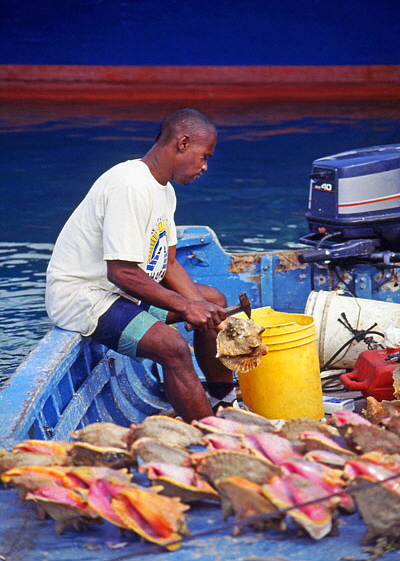
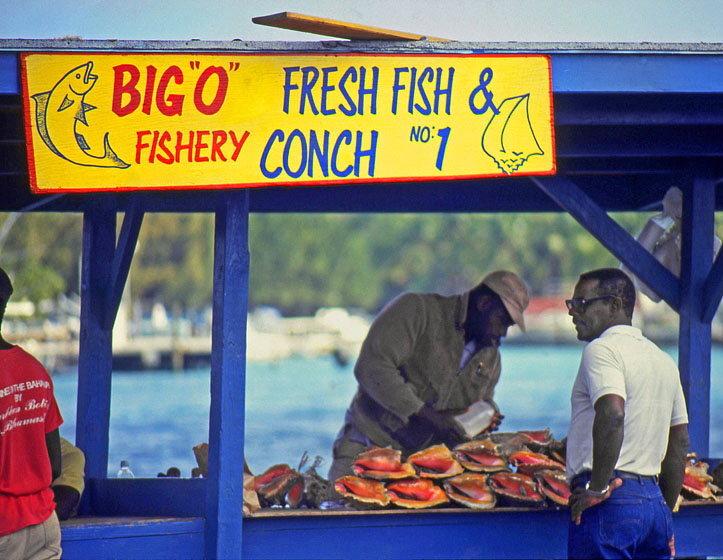

Potters Cay
Away from the centre of town, in the shadow of Paradise Bridge, is Potter’s Cay Market. Here, the merchandise isn’t straw or even pottery as its name might suggest, but seafood and fleshly brought in fruit and vegetables. Early morning is the best time to see it in action, when small fishing boats crowd the quay side ready to unload their new catch. Grouper and snapper are among the varieties on sale but the most popular item is conch (pronounced ‘conk’). Distinguished by its shapely pale pink shell (also a much sought-after souvenir), its chewy interior is an acquired taste. To Bahamians, however, conch is a delicacy to be savoured in any number of ways including the island’s speciality - Conch Fritters.
For the best above ground panorama, head up to Nassau’s Water Tower. Perched 66 feet above sea level, the tower overlooks the ramparts and canons of Fort Fincastle. It was built in 1793 by Viscount Fincastle to protect Nassau from pirates. A climb up the fort will reward you with panoramic views of Nassau and beyond towards Paradise Island. Below the fort, tourists pose for photographs on the Queen’s staircase. A scene which would have been unimaginable to the slaves who hacked out the flight of steps, originally used as a passageway for troops stationed at the garrison above.
Outside the town, Fort Charlotte is another bastion of the British Empire. Built in 1788, complete with moat and dungeon, it may look impressive, but its ability to defend the islands has never been tested - the only shots ever fired there were not because of danger, but in celebration - during the 1976 American bicentennial festivities.
Conch shell
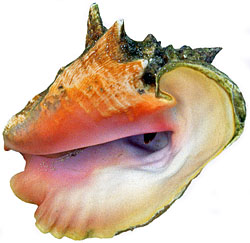
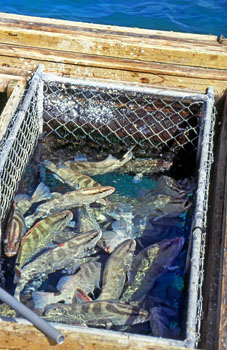
Potters Cay, fresh seafood
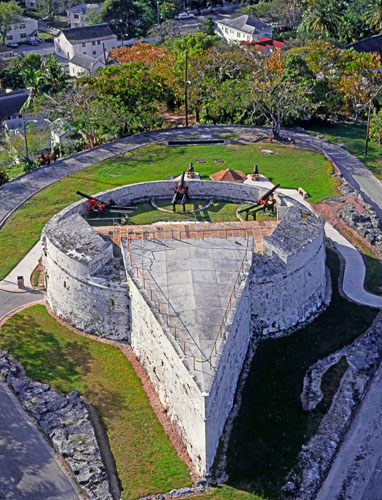
Fort Fincastle
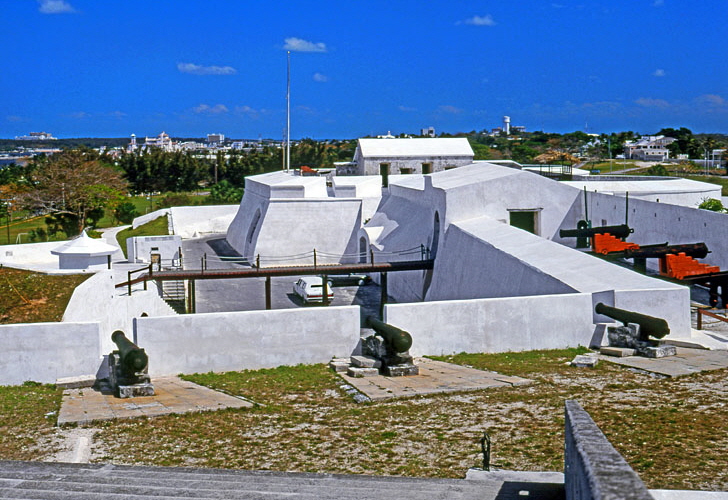
Fort Charlotte
Nearby, the four acre tropical Ardastra Gardens and Conservation Centre is a showcase for local flora and fauna, and a shady oasis in which to retreat from the relentless sun. Amid this lush setting native reptiles and birds wander at will, among them the Bahama’s national bird the Caribbean Pink Flamingo.
Ardastra Gardens, Nassau
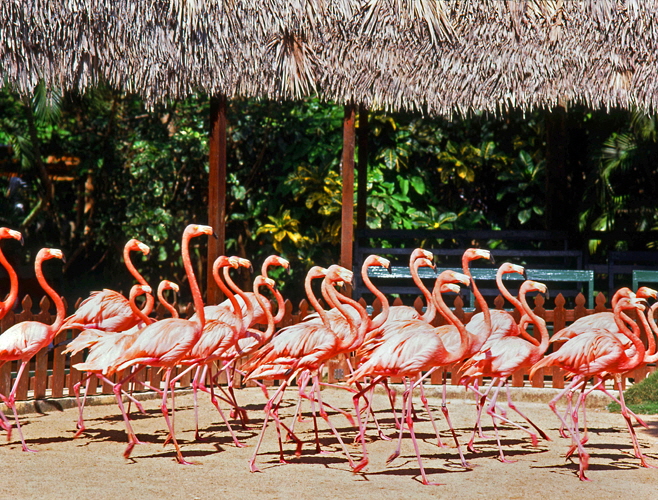
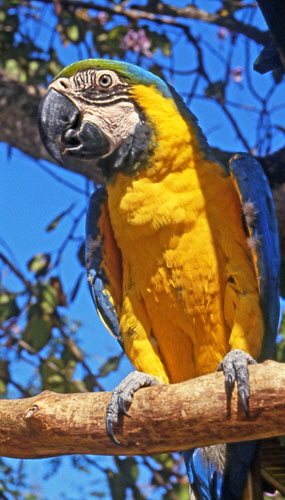

Ardastra Gardens, Frangipani flowers
Most of the capital’s hotels are located north of the main island and over the bridge in the holiday resort of Paradise Island. Here, as the sea laps the soft, pale golden and white-sand shores, the islands really live up to their name, derived from the Spanish baja mar meaning ‘shallow water’.
Despite the proliferation of tourists, there’s a relaxed, unhurried atmosphere and still some unspoilt beaches to be found. The popular beaches on the islands each have names, like Cable Beach, Cove Beach, Jaws Beach (no danger here), Arawak Beach amongst others. I chose my stay was at Cable (on New Providence), noted for its pristine white sand and for many all-inclusive resorts. The warm turquoise blue sea facing me is so inviting, after a dip, I could not resist just idling away, under a shady patch, pampered by my waiter serving deliciously cold cocktails.

Cable Beach
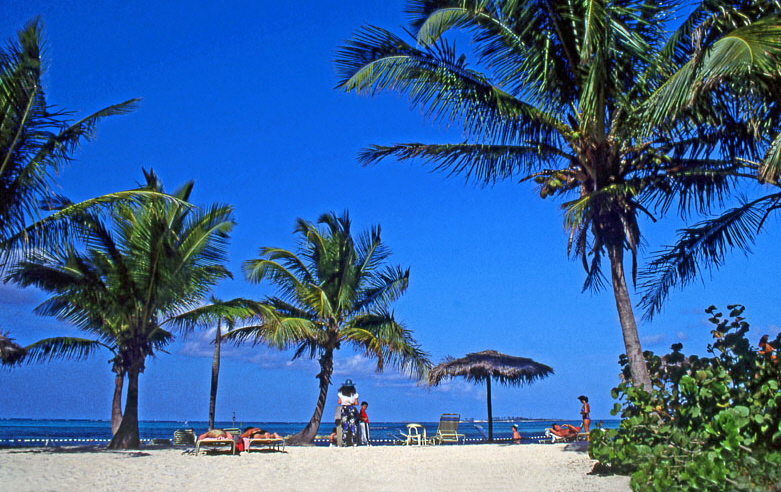
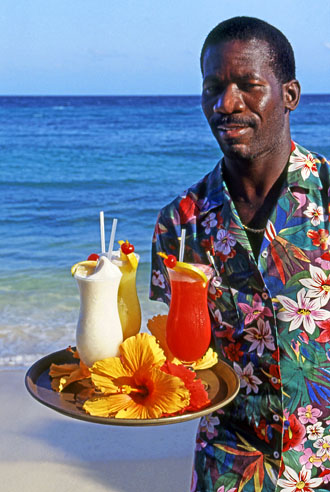
Cable Beach
If you’re staying in Paradise Island, and can draw yourself away from the beach, there are a few surprises too, like a stroll through the Versailles Gardens. Its peaceful French cloister, was built in 14th century by Augustinian monks and shipped over in pieces for reconstruction some six centuries later. For marine life enthusiasts, the huge Atlantis Resort’s Marine Habitat is one of the largest in the world. There are more than 50,000 aquatic animals, from sharks, giant rays, and piranhas, to the coral reef fish showing off in a blaze of colour.
Versailles Gardens & Cloisters
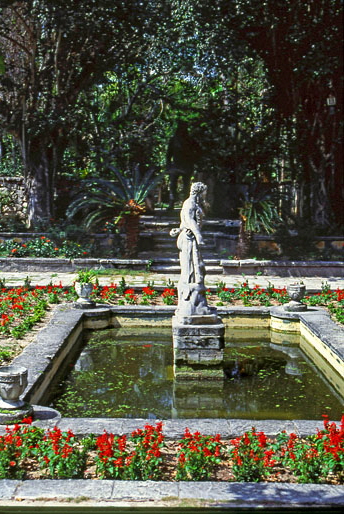
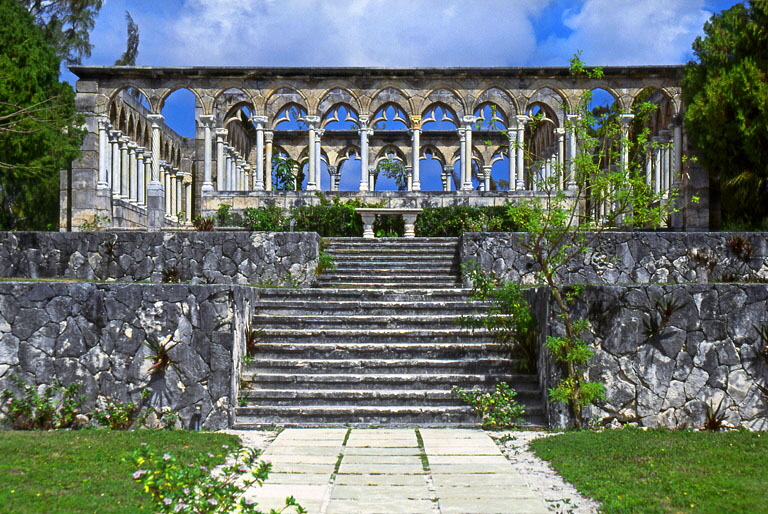
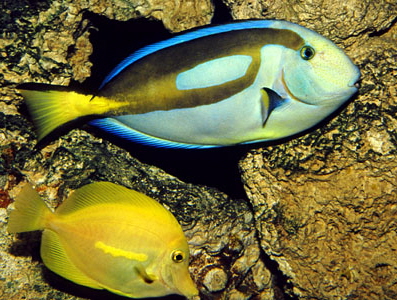
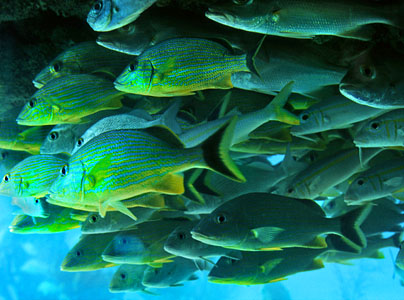
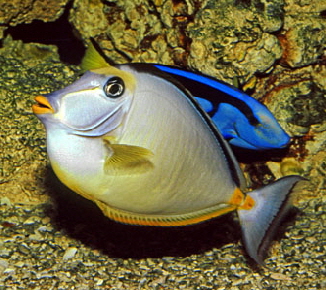
Coral Reef fish
New Providence and Paradise are just two of the 16 major islands that make up the Bahamas chain. The outer isles or ‘Family Islands’, as the locals call them, need a whole visit of their own. To appreciate their full flavour, the Bahamas should be taken slowly, like the best rum. You may not see everything, but you’ll have better time and a lot of fun trying.
16 images here ©JAYTRAVELPHOTOS
© COPYRIGHT notice. The images on this site are for viewing only.
To purchase any, for personal or commercial use, please contact us at jaytravelphotos@aol.com
___________________________________________________________________________________________________________________________________________
